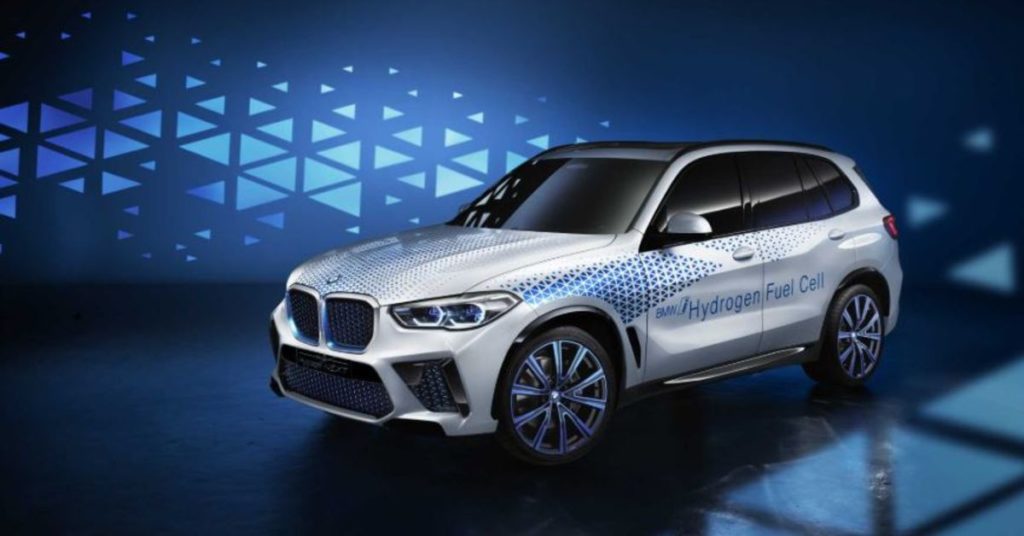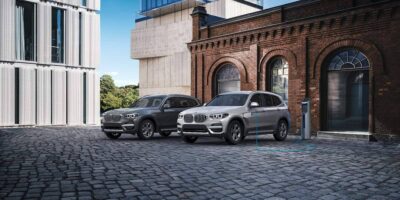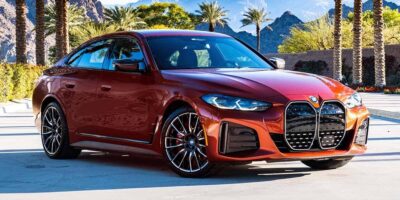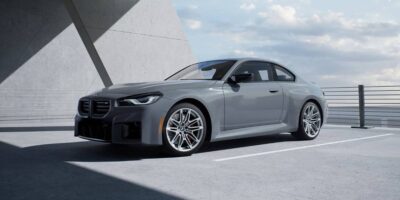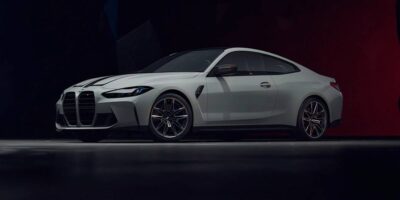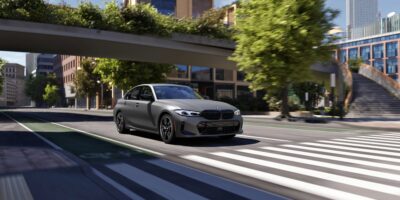The BMW i Hydrogen NEXT marks the brand’s continued commitment to the “future of mobility.” The theory is that various types of drive systems will exist side-by-side; there is no one single solution to mobility needs, but BMW is placing increasing focus on fuel cell vehicles. Hydrogen, they propose, is a critical alternative and complement to battery-electric drive systems.
With the BMW i Hydrogen NEXT, the brand gives us a look into the future. BMW may be able to offer fuel cell vehicles to consumers by 2025. What we know now, though, is that the NEXT is apparently modeled after the dynamic X5. Design details, such as the distinctive BMW i Blue patterning on the bonnet, which is repeated in 3D form on the air intakes, make it instantly recognizable as a BMW.
Hydrogen fuel cell vehicles like the NEXT will deliver unrestricted zero-emissions mobility and refueling times of less than four minutes. In other respects, it will perform much like a conventional car in terms of range, comfort, handling in various conditions, and more.
In 2013, the BMW Group partnered with Toyota Motor Corporation to co-develop a hydrogen fuel cell drive system. Since 2015, they have been testing a small number of prototype BMW 5 Series hydrogen fuel cell vehicles, and the two automakers continue to work on developing next gen fuel cell drive systems that are scalable for consumer needs. They also established the Hydrogen Council, an initiative in which they team up with leading energy, transport, and industrial companies to push forward with the “hydrogen-fuelled energy revolution.” To date, the Council has 60 member companies.
BMW is putting a great deal of resources – and innovation – into developing hydrogen-based technology and viable fuel cell vehicles. The future is coming – and the team at Braman BMW Jupiter, FL can’t wait!

